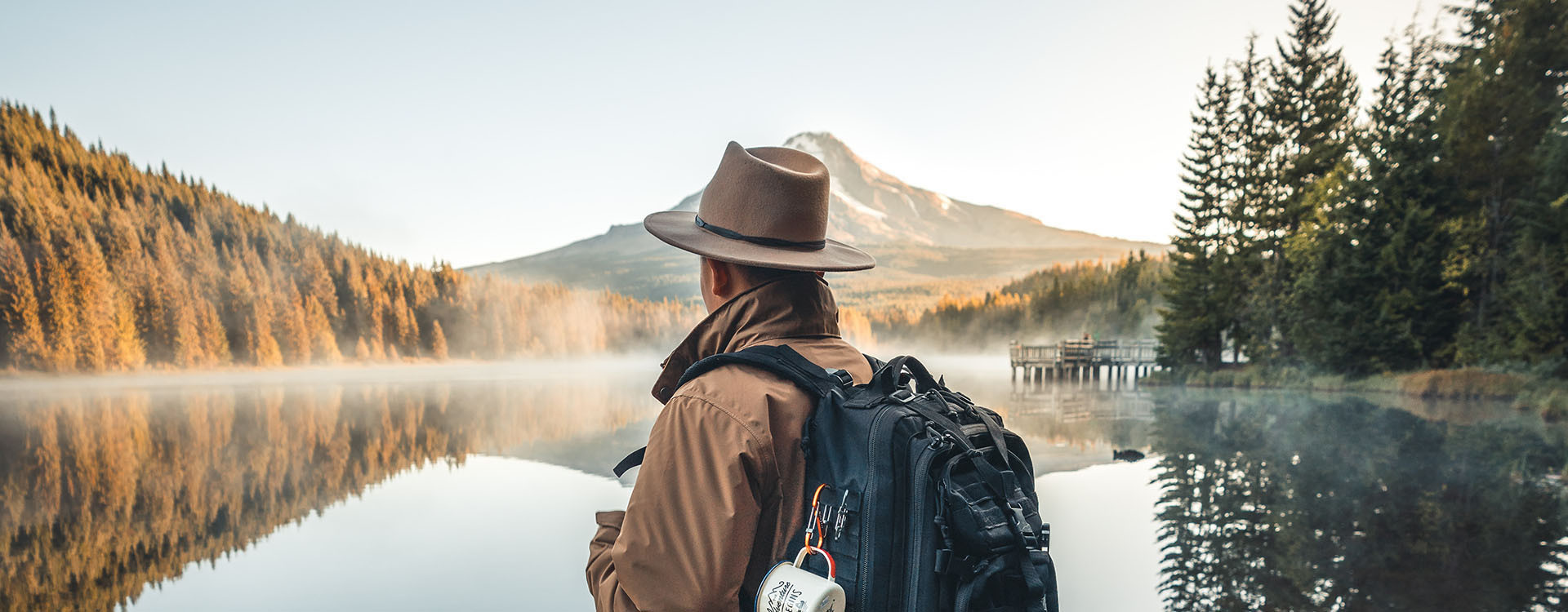“The Essential Lens Arsenal for Travel Photography: Capturing the World in Stunning Detail
Related Articles The Essential Lens Arsenal for Travel Photography: Capturing the World in Stunning Detail
- DSLR Camera For Travel: Techniques To Capture Stunning Memories
- GoPro Video Editing On The Go: Building The Ultimate Travel Setup
- Unleash Your Inner Spielberg: The Best Cinematic GoPro Travel Editing Apps
- The Ultimate Guide To Lightweight Camera Gear For Video: Capture Stunning Footage Without Breaking Your Back
- GoPro Camera Settings For Travel: Capture Stunning Memories On The Go
Introduction
Today, we’re excited to unravel an engaging topic: The Essential Lens Arsenal for Travel Photography: Capturing the World in Stunning Detail. Let’s embark on this journey insights that inform, inspire, and open new perspectives for our readers.
Table of Content
The Essential Lens Arsenal for Travel Photography: Capturing the World in Stunning Detail

Travel photography is a captivating art form. It’s about more than just taking snapshots; it’s about telling stories, preserving memories, and sharing the beauty of the world with others. To truly excel in this genre, having the right equipment is essential, and at the heart of that equipment lies your choice of lenses.
Choosing the right lenses can be daunting, especially with the plethora of options available. This article will guide you through the essential lenses for travel photography, explaining their strengths, weaknesses, and ideal applications, so you can build a versatile kit that empowers you to capture breathtaking images on your adventures.
Understanding Focal Lengths: The Foundation of Lens Choice
Before diving into specific lenses, it’s crucial to understand focal length. Focal length, measured in millimeters (mm), determines the field of view and magnification of a lens.
- Wide-Angle Lenses (10-35mm): Offer a broad field of view, ideal for landscapes, cityscapes, architecture, and capturing a sense of place. They can also create a dramatic perspective.
- Standard Lenses (35-70mm): Provide a field of view similar to human vision. They’re versatile for general photography, street scenes, and environmental portraits.
- Telephoto Lenses (70mm+): Offer a narrow field of view and high magnification, perfect for capturing distant subjects, wildlife, and compressing perspective.
The Essential Travel Lens Lineup
Here’s a breakdown of the essential lenses for travel photography, along with their key features and considerations:
-
The Wide-Angle Zoom (16-35mm or Similar)
- Why it’s essential: The wide-angle zoom is a workhorse for travel photographers. Its expansive field of view allows you to capture sweeping landscapes, grand architectural structures, and immersive cityscapes. It’s also excellent for shooting in tight spaces where you need to fit a lot into the frame.
- Key features:
- Versatile focal range: Covers a range of wide-angle perspectives.
- Relatively compact: Compared to multiple prime lenses.
- Fast aperture (f/2.8 or f/4): Beneficial for low-light shooting and shallow depth of field.
- Ideal for:
- Landscapes: Capture the vastness of mountains, deserts, and coastlines.
- Cityscapes: Frame iconic buildings and bustling street scenes.
- Architecture: Photograph interiors and exteriors of buildings with minimal distortion.
- Night Photography: Capture the night sky and city lights.
- Tips:
- Use leading lines to draw the viewer’s eye into the scene.
- Be mindful of distortion at the widest focal lengths.
- Use a small aperture (f/8 or higher) for maximum sharpness and depth of field.
-
The Standard Zoom (24-70mm or Similar)
- Why it’s essential: The standard zoom is the most versatile lens in any photographer’s kit. It covers a range of focal lengths from wide-angle to short telephoto, making it suitable for a wide variety of subjects. It’s a great all-around lens for travel photography.
- Key features:
- Versatile focal range: Covers wide-angle, standard, and short telephoto perspectives.
- Fast aperture (f/2.8 or f/4): Beneficial for low-light shooting and shallow depth of field.
- High image quality: Provides sharp and detailed images.
- Ideal for:
- Street photography: Capture candid moments and everyday life.
- Environmental portraits: Photograph people in their surroundings.
- Landscapes: Capture scenes with a more natural perspective.
- General travel photography: A great all-around lens for any situation.
- Tips:
- Use the zoom range to frame your subjects creatively.
- Experiment with different apertures to control depth of field.
- Use a polarizing filter to reduce glare and enhance colors.
-
The Telephoto Zoom (70-200mm or Similar)
- Why it’s essential: The telephoto zoom allows you to capture distant subjects that would be impossible to photograph with a wider lens. It’s ideal for wildlife photography, capturing details in landscapes, and isolating subjects from their backgrounds.
- Key features:
- High magnification: Brings distant subjects closer.
- Shallow depth of field: Creates a blurred background that isolates the subject.
- Image stabilization: Helps to reduce camera shake.
- Ideal for:
- Wildlife photography: Capture animals in their natural habitat.
- Landscape details: Isolate interesting features in a landscape.
- Portraits: Create flattering portraits with a blurred background.
- Sports photography: Capture action shots from a distance.
- Tips:
- Use a tripod for stability, especially at longer focal lengths.
- Use a fast shutter speed to freeze motion.
- Be patient and wait for the perfect moment.
-
The Prime Lens (35mm, 50mm, or Similar)
- Why it’s essential: Prime lenses offer several advantages over zoom lenses, including wider apertures, sharper images, and lighter weight. They can also force you to be more creative with your compositions.
- Key features:
- Wide aperture (f/1.8 or faster): Allows for shooting in low light and creating shallow depth of field.
- Sharp image quality: Typically sharper than zoom lenses.
- Lightweight and compact: Easy to carry around.
- Ideal for:
- Street photography: Capture candid moments with a natural perspective.
- Portraits: Create beautiful portraits with a blurred background.
- Low-light photography: Capture images in dimly lit environments.
- Travel photography: A great all-around lens for any situation.
- Tips:
- Use your feet to zoom in and out.
- Experiment with different apertures to control depth of field.
- Use the wide aperture to create a shallow depth of field and isolate your subject.
Optional Lenses for Specialized Travel Photography
- Ultra-Wide-Angle Lens (10-20mm or Similar): For even wider perspectives, ideal for dramatic landscapes and architectural interiors.
- Macro Lens (100mm or Similar): For capturing extreme close-up details of flowers, insects, and other small subjects.
- Tilt-Shift Lens: For correcting perspective distortion and creating miniature effects.
Choosing the Right Lenses for Your Trip
The best lenses for your travel photography trip will depend on several factors, including:
- Your photographic style: What types of subjects do you enjoy photographing?
- Your destination: What types of landscapes and environments will you be visiting?
- Your budget: How much are you willing to spend on lenses?
- Your physical limitations: How much weight are you willing to carry?
Tips for Travel Lens Care
- Protect your lenses: Use lens caps and lens hoods to protect your lenses from scratches and damage.
- Clean your lenses: Use a microfiber cloth and lens cleaning solution to keep your lenses clean.
- Store your lenses properly: Store your lenses in a cool, dry place.
- Consider a lens filter: A UV filter can protect your lens from scratches and damage.
Conclusion: Building Your Perfect Travel Lens Kit
The perfect travel lens kit is a personal choice that depends on your individual needs and preferences. However, by understanding the strengths and weaknesses of different lenses, you can build a versatile kit that empowers you to capture stunning images on your adventures. Start with the essential lenses, and then add specialized lenses as your needs and budget allow. With the right lenses in your bag, you’ll be ready to capture the beauty of the world in all its glory.




